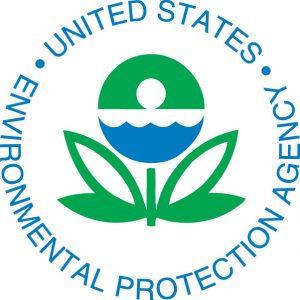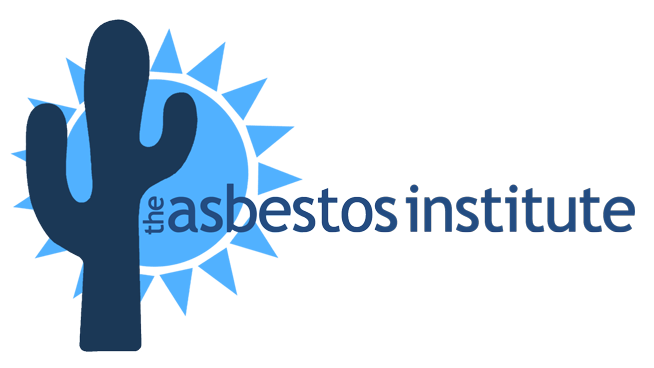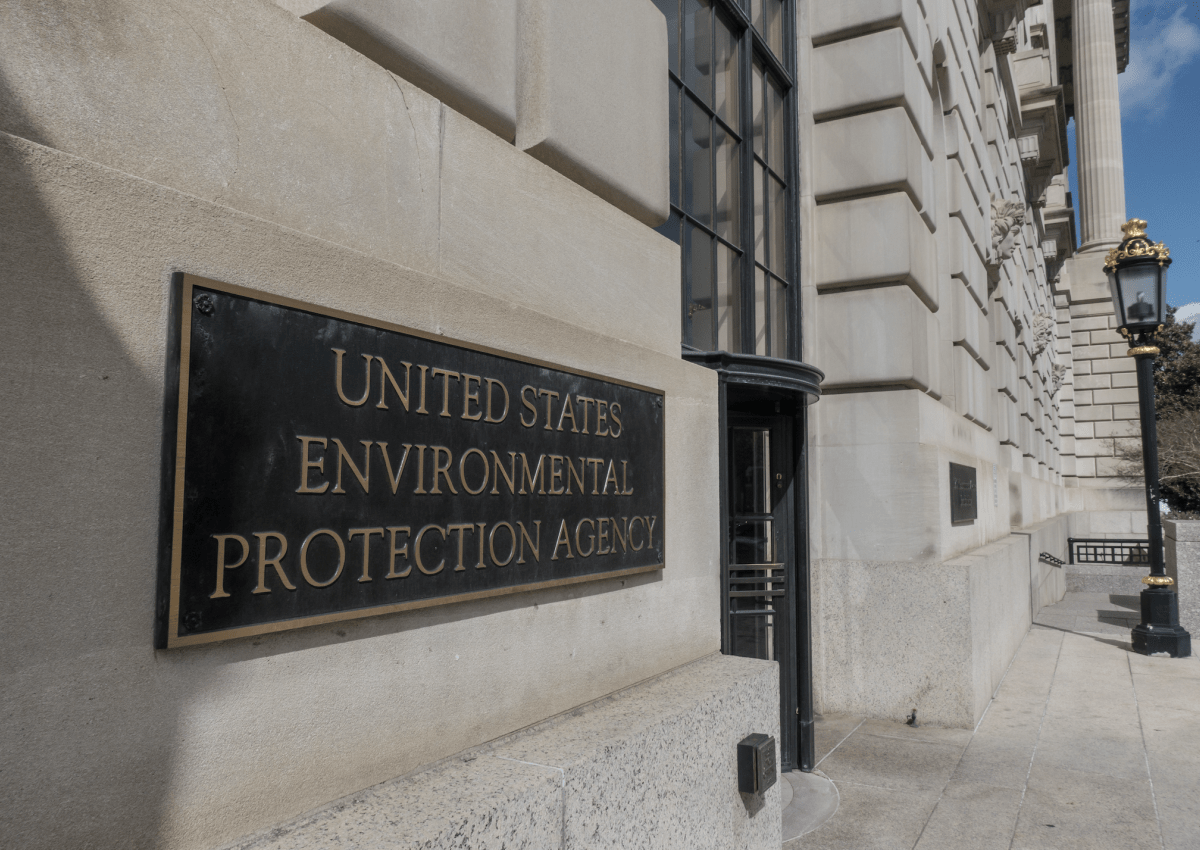One of EPA’s priorities is to protect the public from the adverse health effects of asbestos. Actions to protect the public from exposure to asbestos under the Toxic Substances Control Act (TSCA) include the following three pieces.
- 1989 Partial Ban on the manufacture, import, processing, and distribution of some asbestos-containing products. EPA also banned new uses of asbestos which prevent new asbestos products from entering the marketplace after August 25, 1989. These uses remain banned. The April 2019 final rule does not provide a way for these uses to return to the marketplace.
- April 2019 Final Rule to ensure that asbestos products that are no longer on the market cannot return to commerce without the Agency evaluating them and putting in place any necessary restrictions or prohibiting use. The uses covered under this rule were not already prohibited under TSCA and could have returned to the market at any time.
- Risk evaluation of asbestos under TSCA. EPA is reviewing a handful of very limited, still ongoing uses of asbestos. The evaluation of the risks associated with ongoing uses of asbestos is required under TSCA section 6. If EPA finds unreasonable risk, the Agency will take prompt action to address those risks.

April 2019 Final Rule
In April 2019 EPA issued a final rule that strengthens the Agency’s ability to rigorously review an expansive list of asbestos products that are no longer on the market before they could be sold again in the United States. This action gives EPA the authority to prohibit the use of these products or put in place restrictions to protect public health.
Under this final rule:
- The public is protected from uses of asbestos that are no longer on the market and are not covered under any other laws or regulations. Products like certain asbestos vinyl floor tiles, insulation, and other building materials, as well as clothing and manufacturing products, are prohibited from being produced and sold before EPA reviews them and puts in place any necessary restrictions or prohibits use.
- EPA is not allowing new uses of asbestos. Persons subject to the rule are required to notify EPA at least 90 days before commencing any manufacturing, importing, or processing of asbestos or asbestos-containing products covered under the rule. These uses are prohibited until EPA conducts a thorough review of the notice and puts in place any necessary restrictions, including prohibiting use.
- Uses of asbestos-covered under the partial 1989 ban will remain banned. This rule keeps these prohibitions in place and would not amend them in any way. In other words, this action does not provide a means by which these prohibited products could return to the marketplace.
Examples of products prohibited from entering the market under this rule include the following.
- Adhesives, sealants, roof and non-roof coatings
- Arc chutes
- Beater-add gaskets
- Cement products
- Extruded sealant tape and other tapes
- Filler for acetylene cylinders
- Friction materials
- High-grade electrical paper
- Millboard
- Missile liner
- Packings
- Pipeline wrap
- Reinforced plastics
- Roofing Felt
- Separators in fuel cells and batteries
- Vinyl-asbestos floor tile
- Woven products
- Other building products
The final rule is effective on June 24, 2019.
Banned Uses of Asbestos
Under the 1989 rule Asbestos: Manufacture, Importation, Processing, and Distribution in Commerce Prohibitions (54 FR 29460, July 12, 1989) (FRL-3476-2), five uses of asbestos and any “new use” – defined by that rule as uses of asbestos for which the manufacture, importation, or processing would be initiated for the first time after August 25, 1989 – are banned in the United States.
The manufacture, importation, processing, and distribution of the following asbestos-containing products are banned under TSCA.
- Corrugated paper
- Rollboard
- Commercial paper
- Specialty paper
- Flooring felt
- New commercial uses that begin after August 25, 1989
Under the Clean Air Act (CAA), the following asbestos-containing uses are banned.
- Asbestos pipe insulation and asbestos block insulation on facility components, such as boilers and hot water tanks, if the materials are either pre-formed (molded) and friable or wet-applied and friable after drying.
- Spray-applied surfacing asbestos-containing materials
Spray-on application of materials containing more than 1% asbestos to buildings, structures, pipes, and conduits unless certain conditions specified under 40 CFR 61, Subpart Mare met.
Under the Consumer Product Safety Act (Consumer Product Safety Commission), asbestos in artificial fireplace embers and wall patching compounds are banned. Under the Food and Drug Administration (FDA), asbestos-containing filters in pharmaceutical manufacturing, processing, and packing are banned.
Risk Evaluation Under TSCA
Understanding the health risks of asbestos and the importance of protecting the public from these risks, asbestos was one of the first ten chemicals selected by EPA to undergo risk evaluation under TSCA. EPA’s risk evaluation of asbestos includes a handful of very limited, still ongoing uses in the U.S:
- Asbestos diaphragms
- Sheet gaskets
- Oilfield Brake Blocks
- Aftermarket Automotive brakes/linings
- Other vehicle friction products
- Other gaskets
If EPA finds unreasonable risk, EPA will take prompt action to address those risks which could include restricting or banning other asbestos uses in products. The risk evaluation and subsequent steps will ensure that asbestos uses in products not covered by the 1989 partial ban or the April 2019 final rule are evaluated. EPA is committed to a transparent and open process to finalize the asbestos risk evaluation using sound science on the timetable established by Congress.
Regulatory History
- In 1973, EPA banned spray-applied surfacing asbestos-containing material for fireproofing/insulating purposes. See National Emission Standards for Hazardous Air Pollutants (NESHAP) at 40 CFR Part 61, Subpart M.
- In 1975, EPA banned the installation of asbestos pipe insulation and asbestos block insulation on facility components, such as boilers and hot water tanks, if the materials are either pre-formed (molded) and friable or wet-applied and friable after drying. See National Emission Standards for Hazardous Air Pollutants (NESHAP) at 40 CFR Part 61, Subpart M.
- In 1977, the Consumer Product Safety Commission (CPSC)banned the use of asbestos in artificial fireplace embers and wall patching compounds. (See 16 CFR Part 1305 and 16 CFR 1304).
- In 1978, EPA banned spray-applied surfacing materials for purposes not already banned. See National Emission Standards for Hazardous Air Pollutants (NESHAP) at 40 CFR Part 61, Subpart M.
- In 1989, EPA attempted to ban most asbestos-containing products by issuing a final rule under Section 6 of Toxic Substances Control Act (TSCA). However, most of the original ban on the manufacture, importation, processing, or distribution in commerce for the majority of the asbestos-containing products originally covered in the 1989 final rule was overturned in 1991 by the Fifth Circuit Court of Appeals. As a result, the 1989 asbestos regulation only bans new uses of asbestos in products that would be initiated for the first time after 1989 and bans 5 other specific product types. See 40 CFR 763 Subpart I.
- In 1990, EPA prohibited the spray-on application of materials containing more than 1% asbestos to buildings, structures, pipes, and conduits unless certain conditions specified. See National Emission Standards for Hazardous Air Pollutants (NESHAP) at 40 CFR 61, Subpart M are met.
- In 2019, EPA issued a final rule to ensure that discontinued asbestos products cannot be reintroduced into commerce without the Agency evaluating them and putting in place any necessary restrictions or prohibiting use.


